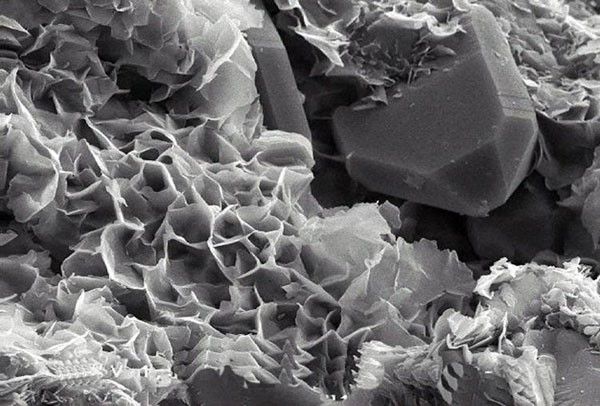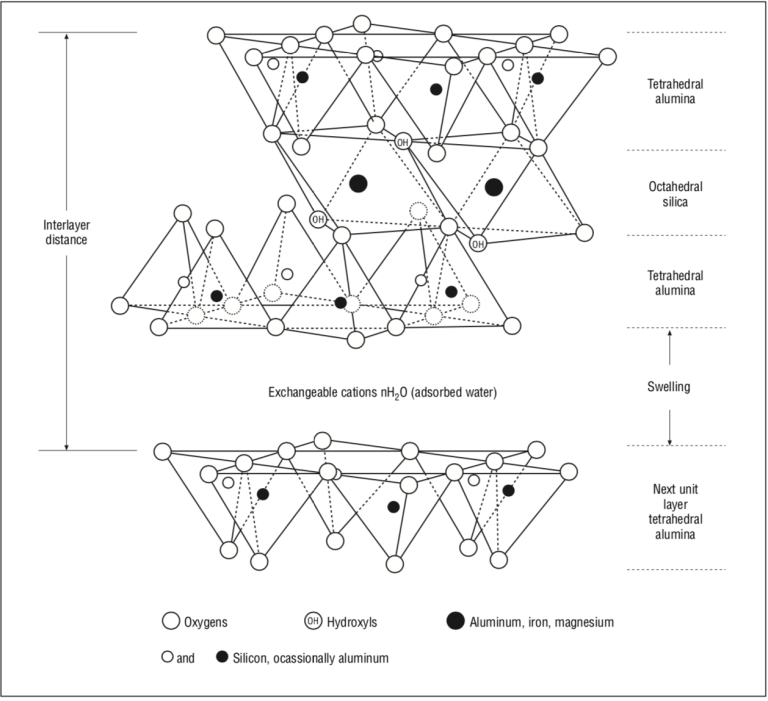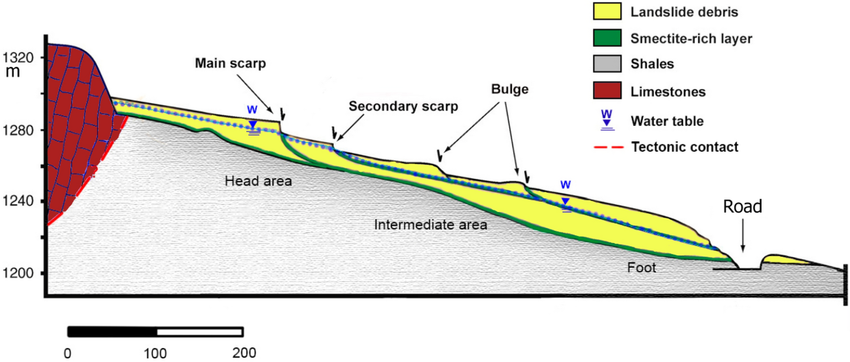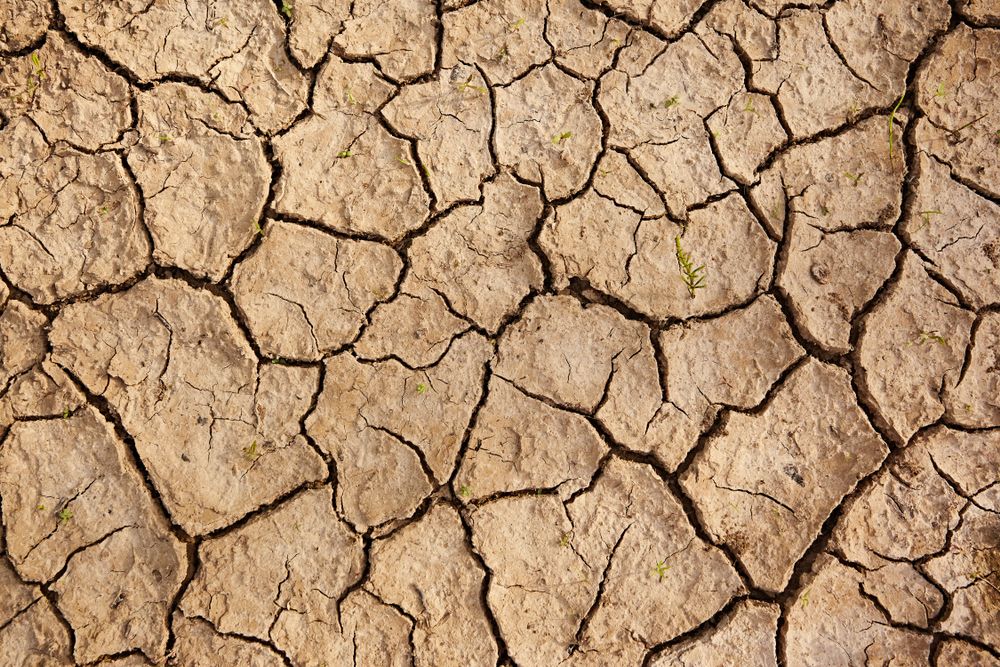Expansive clay
Clays belong to sedimentary deposits and are defined as soils with particles of colloidal dimensions. Basically, they consist of hydrated aluminosilicates, but due to variations in structure and mineral composition, more than 30 clay minerals have been defined, each with its own properties. Furthermore, their properties change significantly with changes in the conditions in which they are found. Soil moisture is one of the most important parameters and can quickly and dramatically affect the characteristics of clay. Analyzing clays and their characteristics is therefore extremely important in geotechnical investigation and testing and enables the assessment of soil stability and the understanding of processes that can take place during and after engineering interventions.

Based on similar properties, clays are divided into groups, one of which is smectites. Smectites include clays with the property of a large change in volume following a change in humidity — expansive clays. The most famous minerals of this group are bentonite, montmorillonite, beidellite and nontronite.
The expansion of clays occurs due to their specific structure. The structure of all clay minerals is layered and composed of alternating tetrahedral and octahedral sheets, the arrangement of which can vary. In smectite clays, one layer consists of two tetrahedral sheets and one octahedral sheet between them. Between the successive layers, there is an interlayer space in which elements and molecules can be present that compensate the charges. The excess charge that needs to be compensated for is the result of the isomorphic substitution of elements within the mineral structure.
It is compensated for by positively charged cations that enter the interlayer space. In wet conditions, water molecules try to balance this increased concentration of cations and diffuse towards the interlayer space. The hydration of cations increases the radius of the joints and thus the volume of the clay. Smectites have the greatest ability to expand due to very small particle dimensions and weak bonds in the interlayer space. The expansion of clay is a reversible process, and a decrease in humidity leads to a decrease in volume. It is precisely these volume oscillations that cause structural damage.

With precipitation and seasonal weather changes, there is a change in the amount of water in the soil. During a wet period, smectite clays expand and their volume can increase by more than 10%. As the volume of clay increases, it begins to exert pressure on structures, and the pressure is high enough to result in the appearance of cracks over time. With the return of the dry period, clays lose water and their volume decreases. The compaction of the clay further causes cracks to appear, which enables deeper penetration of the next inflow of water, and thus greater expansion of the clay.
In this way, expansive clays negatively affect various structures: foundations, basement walls and roads, as well as underground and mining works. Expansive clay is further associated with landslides. Through expansion, its layers move away from each other, which reduces its shear strength and the layers become the main sliding surfaces. Geotechnical works therefore aim to determine the presence of these clays and eliminate the risks associated with them. The impact of these clays can be reduced by determining their location and distribution, stabilizing the terrain, replacing materials, using deeper foundations and controlling soil moisture.

The clay expansion process is often overlooked and downplayed because it is not very noticeable. The impact of expansion on structures is gradual and often noticed only when the damage has already been done. Although the process is slow and progresses in small increments, these clays cause one of the most expensive types of damage to buildings in the world.
*References:
Crowley, Stephen. (2007). Introduction to Clay Minerals – Chemistry, Origins, Uses and Environmental Significance by B. Velde. Chapman and Hall, London, 1992. No. of pages: 198. Price: £14.95 (hardback). Geological Journal – GEOL J. 29. 385-386. 10.1002/gj.3350290412.
Štimac, I. (2016). Uloga minerala glina u aktiviranju klizišta Kostanjek : diplomski rad (Diplomski rad). Zagreb: Sveučilište u Zagrebu, Rudarsko-geološko-naftni fakultet. Preuzeto s https://urn.nsk.hr/urn:nbn:hr:169:729571
